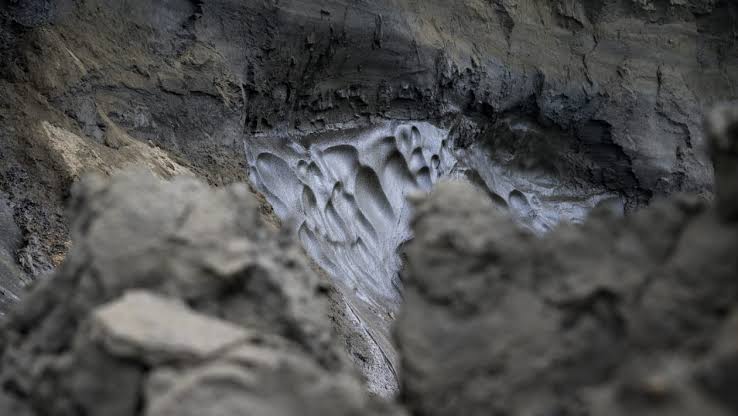Tapping into Cryptobiosis: Could Human Hibernation be the Next Frontier?
The tale of the Panagrolaimus kolymaensis, a roundworm surviving 46,000 years frozen in Siberian permafrost, has captivated scientists worldwide. This nematode's ability to enter cryptobiosis, a dormant state of suspended metabolism, has allowed it to withstand extreme conditions and periods, raising an intriguing question: could humans one

The tale of the Panagrolaimus kolymaensis, a roundworm surviving 46,000 years frozen in Siberian permafrost, has captivated scientists worldwide. This nematode's ability to enter cryptobiosis, a dormant state of suspended metabolism, has allowed it to withstand extreme conditions and periods, raising an intriguing question: could humans one day tap into a similar state?
Understanding Cryptobiosis
Cryptobiosis is a biological state in which an organism's metabolic activities virtually halt, enabling it to survive harsh conditions. The Panagrolaimus kolymaensis is among the organisms that possess this unique survival mechanism, effectively allowing it to freeze in time, only to revive and reproduce when conditions become favorable.
Implications for Human Survival
The notion of humans entering a similar state may seem the stuff of science fiction, but it holds immense potential. Such a capability could open up new possibilities in various fields, from space travel to medicine. Long-term space missions, for example, could become feasible if astronauts could enter a state of suspended animation, greatly reducing the need for resources during travel.
In the medical realm, induced cryptobiosis could potentially provide more time for doctors to treat critical conditions, such as severe trauma or heart attacks, by essentially putting patients 'on hold' until appropriate treatments can be administered.
Challenges and Considerations
Nevertheless, implementing cryptobiosis in humans is not without challenges. Our complex physiology and metabolic needs are far removed from those of nematodes, and the potential side effects of a prolonged state of suspended animation remain largely unknown. Furthermore, we would need to understand the mechanism by which organisms like the Panagrolaimus kolymaensis enter and exit cryptobiosis without damaging their cellular structures or DNA.
Conclusion
While the concept of human cryptobiosis remains speculative and exploratory, the survival story of the Panagrolaimus kolymaensis provides a tantalizing glimpse into the possibilities of extreme survival mechanisms. As we continue to explore the boundaries of human capabilities, this nematode’s enduring resilience encourages us to think outside the box and consider new ways of surviving in an ever-changing world.




